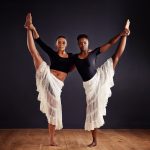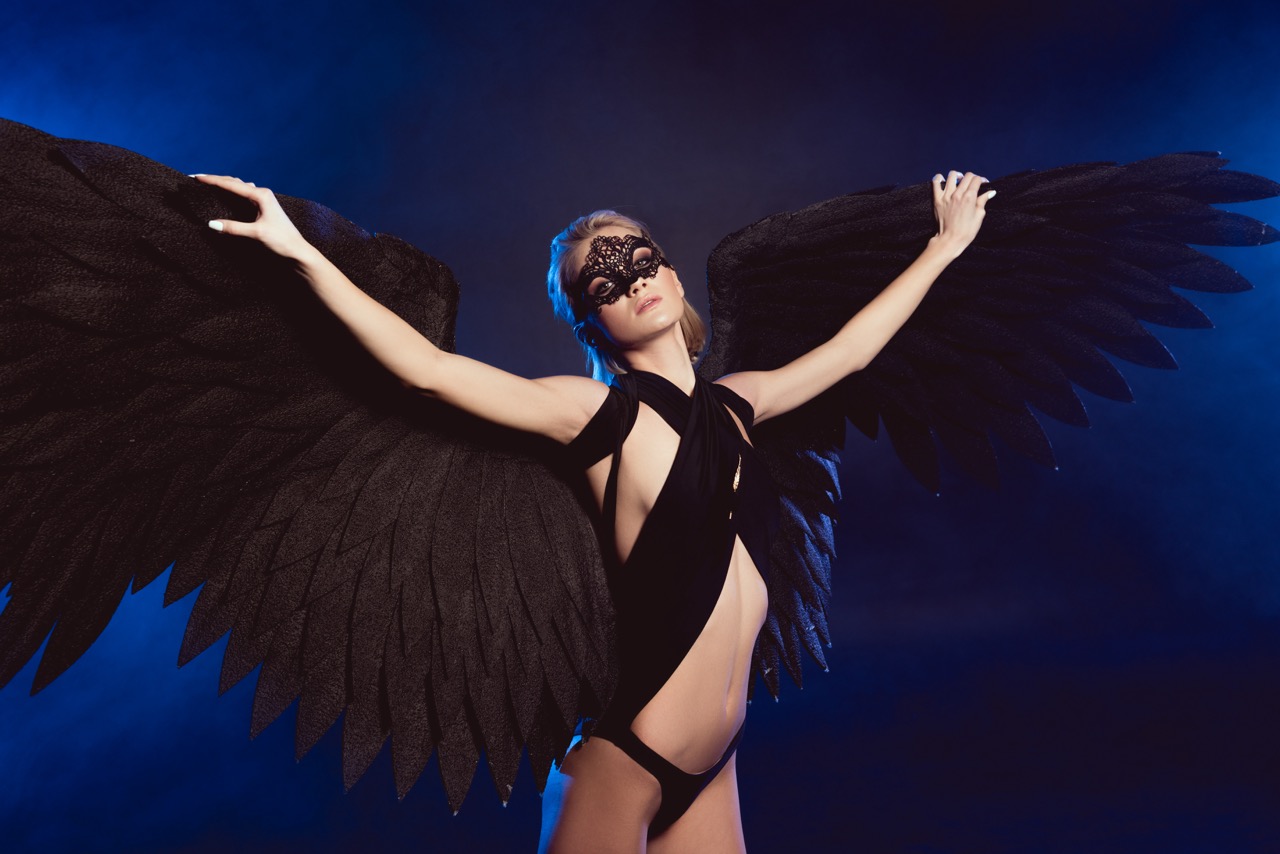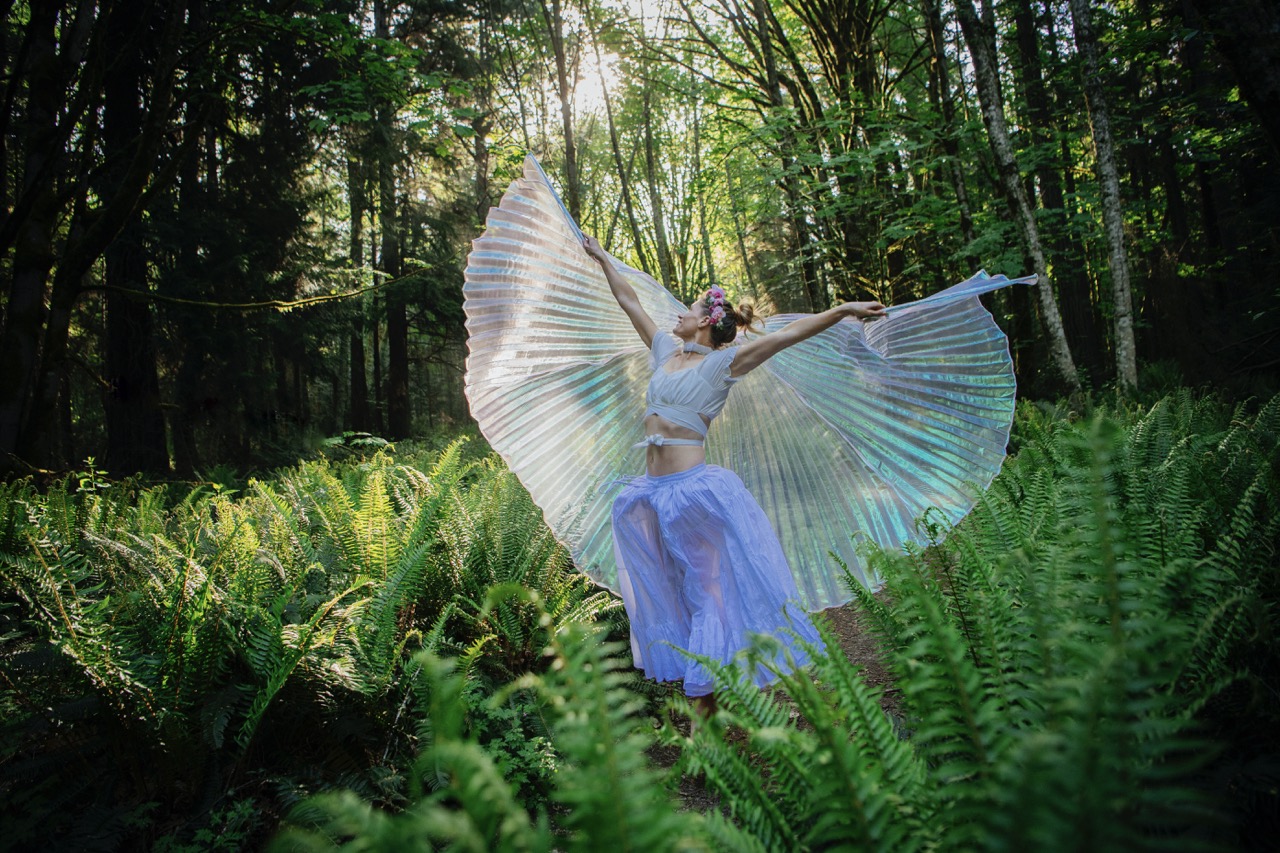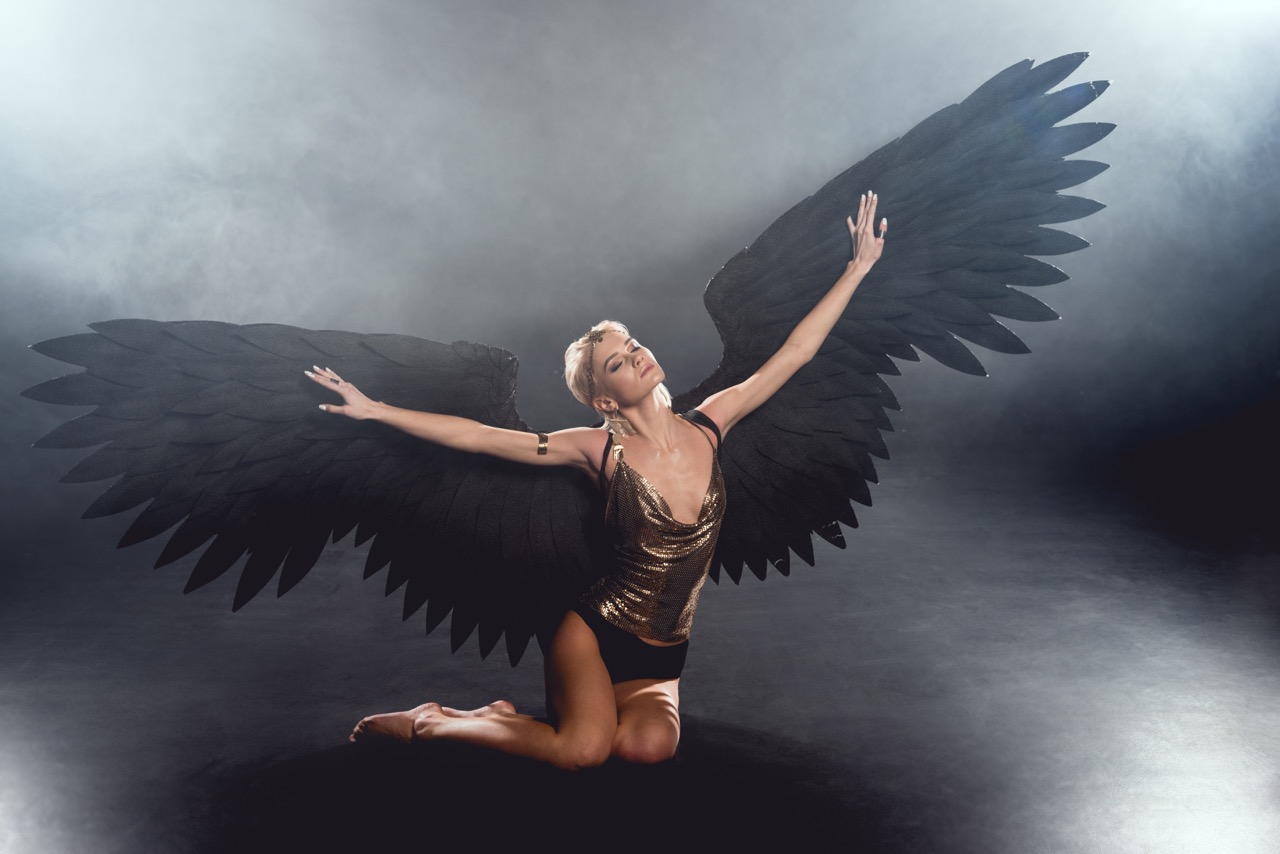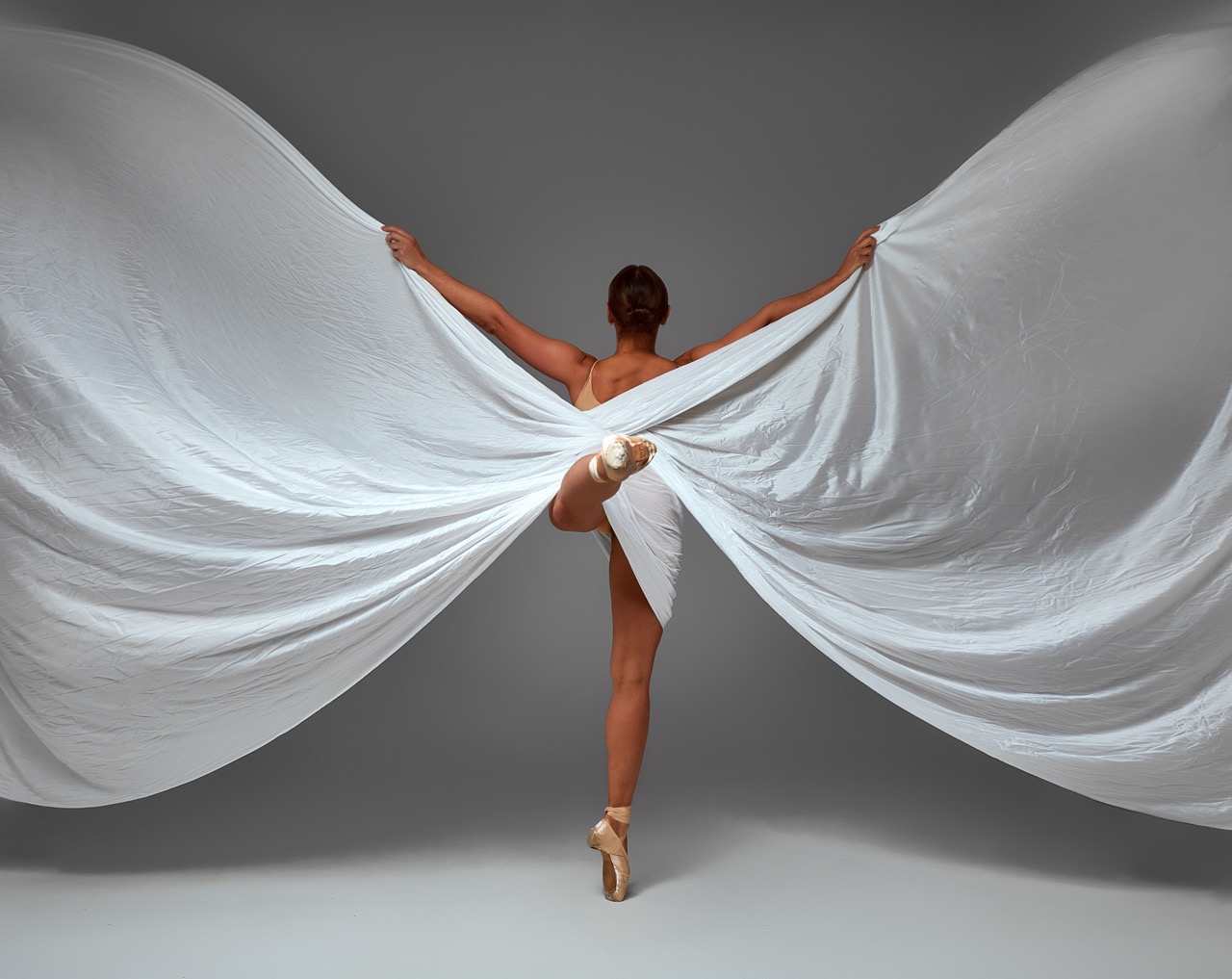Dance is a universal language that transcends cultural boundaries and has served as a medium for expression since time immemorial. As an art form, it allows individuals to communicate complex emotions, tell stories, and connect with their deepest selves. From the graceful movements of ballet to the vibrant beats of hip-hop, each style provides a unique vocabulary for expressing personal experiences. In this article, we’ll explore how dance can serve as a profound form of self-expression, illustrating its emotional depth, narrative potential, and reflective qualities.
Unleashing Emotions: The Language of Movement and Rhythm
Dance is an embodiment of emotion, seamlessly translating feelings into physical expression. When dancers move, they often draw on a spectrum of emotions, from joy and elation to sorrow and introspection. The rhythm of music serves as a backdrop, creating a dynamic interplay between sound and movement. This synergy can evoke powerful responses in both the dancer and the audience, allowing for a visceral connection that transcends words. In this way, dance becomes a unique vessel for unleashing emotions that might otherwise remain unexpressed.
The freedom inherent in dance allows individuals to explore their emotional landscapes without fear of judgment. Each step, turn, and leap can reflect personal experiences, making it a safe space for vulnerability. Whether through improvisation or choreographed routines, dancers can channel their inner turmoil or elation into their movement, allowing for catharsis and release. This emotional honesty fosters a deeper understanding of oneself, offering insights that may aid in healing and self-acceptance.
Moreover, the communal aspect of dance can amplify this emotional expression. Shared experiences among dancers or with an audience can create a collective release of feelings, making it a powerful tool for connection. In performances, audiences frequently respond to the emotions conveyed, bridging the gap between the dancer’s individual experience and the spectators’ interpretations. This exchange of emotions through dance not only validates personal feelings but also fosters a sense of community and shared humanity.
The Body as Canvas: Painting Stories Through Dance
Dance is often described as a storytelling medium where the body becomes a canvas for narratives. Every gesture and movement can signify something deeper, crafting a visual narrative that resonates with both the dancer and the audience. Dancers use their bodies to convey complex themes—love, loss, conflict, and triumph—transforming abstract concepts into tangible storytelling. By infusing their performances with personal experiences and perspectives, dancers create a rich tapestry of stories that invite others to engage and reflect.
Choreography itself can be seen as a form of artistic expression, where movement sequences are skillfully curated to tell a story. Much like a painter selects colors and brushes, choreographers choose movements, formations, and styles that evoke specific emotions or themes. A dancer’s interpretation of a choreographed piece adds another layer of narrative depth, as individual style and personal history influence how the story is told. This collaboration between choreographer and dancer results in a multidimensional work of art that speaks to varied audiences.
Furthermore, the diversity of dance styles allows for a broad range of narratives to be told. Traditional dances often reflect cultural heritage and history, while contemporary styles may address modern societal issues or personal struggles. Each dance form carries its own stories, making it possible for dancers to express their identities, backgrounds, and passions through the movements they choose to perform. As such, dance becomes a powerful medium for storytelling that fosters understanding and empathy across diverse communities.
Harmonizing Mind and Spirit: Dance as Personal Reflection
Beyond its expressive qualities, dance functions as a form of personal reflection that harmonizes the mind and spirit. The process of learning and practicing dance encourages individuals to be present, fostering mindfulness and a deeper connection to their bodies. As dancers engage in movement, they often find a meditative state, where the focus shifts from external pressures to internal sensations. This mindful approach allows for introspection and self-awareness, enabling dancers to explore their thoughts and feelings through movement.
In many ways, dance serves as a mirror, reflecting the dancer’s inner world. As individuals confront their emotions through physicality, they can gain valuable insights into their mental and emotional states. This process of self-discovery can lead to profound personal growth, as dancers confront fears, insecurities, and desires. The transformative nature of dance not only nurtures creativity but also cultivates resilience, allowing individuals to navigate life’s challenges with a renewed sense of purpose and clarity.
Moreover, dance can serve as a therapeutic tool, promoting mental well-being and emotional health. Dance therapy, for instance, utilizes movement as a means to address psychological issues, encouraging individuals to express feelings that may be difficult to articulate verbally. Through guided movement and improvisation, participants can explore their emotions and experiences, leading to healing and empowerment. This fusion of dance and therapy illustrates the immense potential of movement as a pathway for personal reflection and emotional release.
From Studio to Stage: Sharing Your Unique Dance Narrative
The journey from studio practice to stage performance is a significant transition that marks a dancer’s evolution in self-expression. The studio is often a space for experimentation and exploration, where dancers refine their skills and choreographies. However, when it comes time to perform, it becomes an opportunity to share their unique narratives with a wider audience. This transition can be both exhilarating and daunting, as dancers confront the vulnerability of exposing their art to the world.
Stage performances allow dancers to communicate their stories on a grander scale, inviting audiences to be part of their journeys. The act of performing can be transformative; it shifts the dynamic of expression from personal to communal, creating a shared experience between the dancer and the audience. This connection often amplifies the emotional resonance of the performance, providing a platform for dialogue and reflection on the themes presented. It’s through this shared experience that dancers can touch lives, inspire change, and foster empathy.
Importantly, sharing one’s dance narrative can also empower the dancer. It serves as a validation of their experiences and emotions, allowing them to take ownership of their story. By stepping onto the stage, dancers declare their presence and assert their identities, celebrating their uniqueness. This act of expression can pave the way for others to embrace their own stories, resulting in a ripple effect of empowerment within the community. In this way, dance transcends the individual, becoming a collective celebration of shared experiences and diverse narratives.
Dance, in all its forms, offers a remarkable avenue for self-expression that resonates deeply within the human experience. Through the language of movement, storytelling, and personal reflection, individuals can tap into their emotions and convey their unique narratives, forging connections with others along the way. As dancers transition from practice to performance, they not only share their art but also invite others to partake in the beauty of vulnerability and expression. Ultimately, dance serves as a powerful reminder of our shared humanity, illustrating that through movement, we can communicate our individual truths while celebrating the collective fabric of life.




